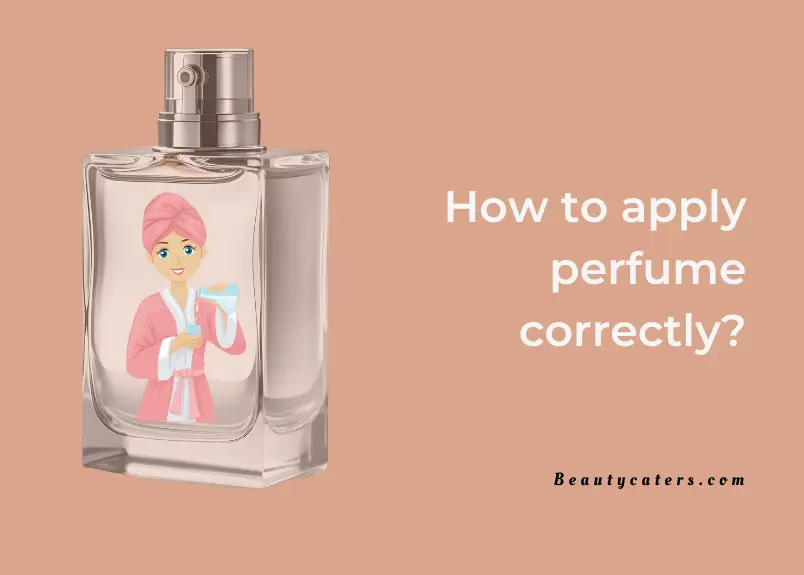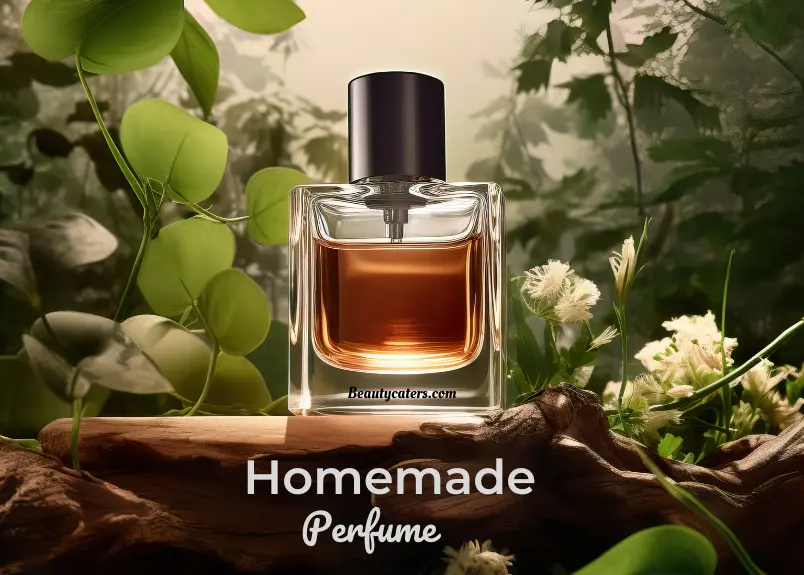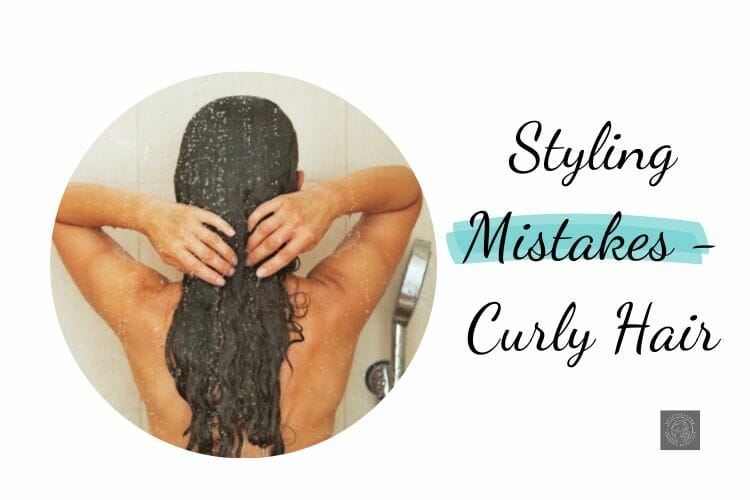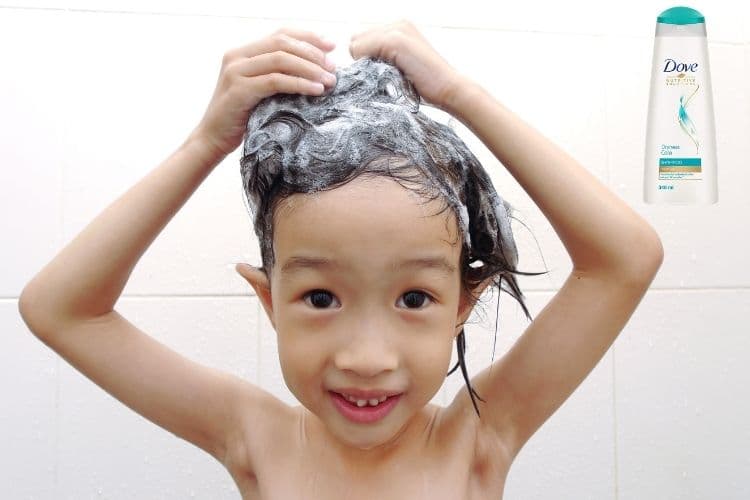How Soon Can I Use Purple Shampoo After Bleaching
At BeautyCaters, our expert team independently curates every recommended product. Purchases through our links may earn us a commission. Explore our transparent selection process.
As a hair care enthusiast who has been through numerous bleaching processes, I know the struggle of maintaining that perfect blonde shade. And one question that often pops up in my mind (and probably yours too) is, how soon can I use purple shampoo after bleaching? Well, wonder no more because I’m here to provide the answers.
When it comes to using purple shampoo after bleaching, timing is crucial. Using purple shampoo immediately after bleaching can lead to dire consequences, as freshly bleached hair is highly porous and more susceptible to damage. It’s advisable to wait at least 24 to 48 hours before incorporating purple shampoo into your hair care routine to ensure you don’t further strip away the necessary oils and moisture. However, always consult with a professional hairstylist for personalized advice based on your hair’s condition.
The Basics of Hair Bleaching
Before I jump into discussing how soon you can use purple shampoo after bleaching, let me cover the basics of hair bleaching. This process involves stripping the natural color from your hair using a chemical agent called bleach. It is commonly used to lighten dark hair or create a blank canvas for vibrant hair colors. However, it’s important to understand the process and its impact on your hair before diving into post-bleaching care.
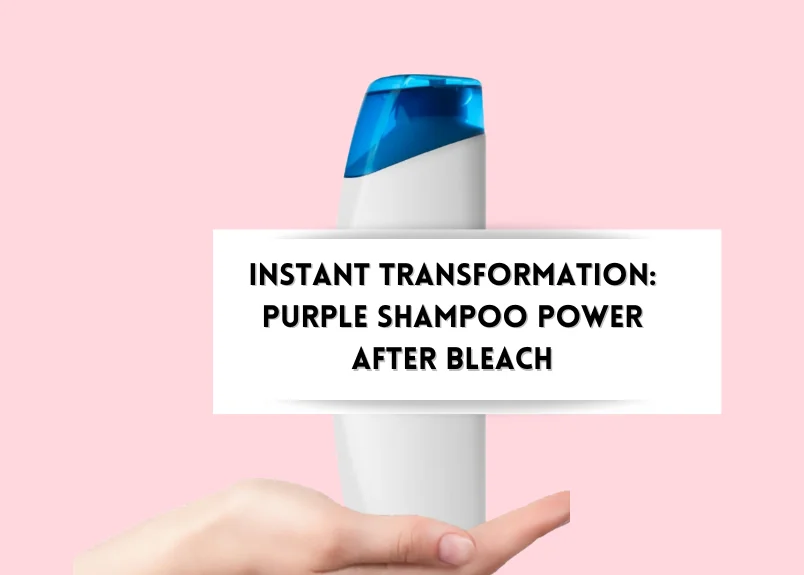
Process of Hair Bleaching
When it comes to bleaching, the process starts by mixing bleach powder with a developer (usually hydrogen peroxide or a similar chemical). The mixture is then applied evenly to your hair, starting from the ends and working your way up to the roots. It is crucial to be thorough and ensure all strands are coated, as this will result in an even and consistent lightening effect. After leaving the bleach on for the recommended time, typically between 30 to 60 minutes, you will rinse it out and proceed with post-bleaching care.
The Impact on Your Hair
Bleaching can have both positive and negative effects on your hair. On one hand, it allows you to achieve drastic color transformations and embrace vibrant hues that were previously unattainable. On the other hand, the process of bleaching is not without its drawbacks.
Bleach works by breaking down the pigment molecules in your hair, which can lead to dryness, brittleness, and potential damage. The longer the bleach is left on, the more damage it can cause. It’s essential to strike a balance between achieving your desired level of lightness and minimizing the negative impact on your hair.

What is Purple Shampoo and its Role
Clearly, understanding what purple shampoo is and how it functions is crucial to using it effectively after bleaching your hair. Purple shampoo, as the name suggests, is a tinted shampoo that contains purple pigments. It is specifically designed to neutralize brassy and yellow tones in bleached or blonde hair. The role of purple shampoo is to restore and maintain a cool, icy tone, preventing your freshly bleached hair from turning into an undesirable warm or orange shade.
How Purple Shampoo Works
When it comes to how purple shampoo works, it all comes down to color theory. As opposite shades on the color wheel effectively cancel each other out, the purple pigments in the shampoo counteract the yellow and orange tones present in bleached hair. This results in a more balanced and cooler hair color.
The Benefits of Purple Shampoo
Using purple shampoo has several benefits when it comes to maintaining your newly bleached locks. First and foremost, it helps to extend the life of your color, keeping it vibrant and fresh for longer periods between salon visits. Additionally, purple shampoo gives you more control over the tone of your hair. By regularly incorporating it into your haircare routine, you can achieve the desired shade you want and say goodbye to any yellow or brassiness.
One of the most significant advantages of purple shampoo is its ability to help you avoid color correction mishaps. Bleached hair is prone to brassy undertones due to the natural pigments exposed during the bleaching process. However, by using purple shampoo, you create a protective barrier against these unwanted hues, saving you from potential hair disasters.
Moreover, purple shampoo is a convenient solution for at-home maintenance. Instead of spending excessive time and money on salon visits, you can rely on this product to maintain the desired tone of your hair in the comfort of your own home. It offers a cost-effective alternative for achieving and preserving your desired hair color.
Optimum Time to Start Using Purple Shampoo
After bleaching your hair, it is crucial to give it time to recover before introducing any new products. This ensures that your hair can regain its strength and stability, reducing the risk of damage. However, there will come a point when you can start using purple shampoo to maintain the desired color and counteract any unwanted brassy tones. In this chapter, I will guide you through the optimum time to start incorporating purple shampoo into your hair care routine.
Ideal Time After Bleaching
The ideal time to begin using purple shampoo after the bleaching process may vary depending on several factors. While it is generally recommended to wait at least 48 to 72 hours before using any hair products, particularly those with color-correcting properties, it is essential to consider the current condition of your hair. After bleaching, your hair may become more porous, making it prone to absorbing pigments more quickly.
Factors Influencing the Timing
Several factors can influence the optimal time to start using purple shampoo after bleaching. These include the level of lightness or brassy tone you want to address, the health and condition of your hair, and the strength of the bleach used during the bleaching process. Your hair’s resilience and its response to bleaching play a crucial role in determining when you should incorporate purple shampoo into your routine.
- Hair Porosity: Highly porous hair absorbs pigments more easily. If your hair is highly porous after bleaching, it is recommended to wait a few more days before using purple shampoo to avoid over-toning.
- Desired Color: If you want to achieve a platinum or silver tone, you may need to introduce purple shampoo earlier than if you are aiming for a more subtle ash tone.
- Hair Health: If your hair feels excessively dry or damaged after bleaching, it is crucial to prioritize deep conditioning treatments before incorporating purple shampoo. Repairing your hair’s health is essential before introducing color-correcting products.
Perceiving these factors and assessing your hair’s needs will help you determine the optimum time to start using purple shampoo after bleaching. Remember, it is better to start gradually, using the shampoo once a week and adjusting as needed, rather than overusing it and risking overtone.
How to Effectively use Purple Shampoo
To effectively use purple shampoo after bleaching, there are some important steps to follow. Purple shampoo is specifically designed to neutralize unwanted brassy tones in bleached hair, giving it a cool-toned, silver, or ashy appearance. By following these steps, you can achieve the desired results and maintain the vibrancy of your color for longer.
Step-by-Step Guide
When using purple shampoo, it is essential to keep in mind the following steps:
| Step 1: | Rinse your hair thoroughly with warm water to remove any product buildup or impurities. |
| Step 2: | Apply a generous amount of purple shampoo to your wet hair, focusing on the areas that are the most brassy or yellowish. |
| Step 3: | Gently massage the purple shampoo into your hair, ensuring it is evenly distributed from roots to ends. |
| Step 4: | Leave the purple shampoo on your hair for the recommended time mentioned on the product’s instructions. Avoid exceeding the suggested time to prevent over-toning. |
| Step 5: | Rinse your hair thoroughly with cool water until the water runs clear, ensuring no purple shampoo residue is left behind. |
| Step 6: | Condition your hair to restore moisture and minimize any potential dryness caused by the shampoo’s toning properties. |
Common Mistakes to Avoid
While using purple shampoo, there are certain common mistakes that you should avoid to maximize its effectiveness:
- Overusing the purple shampoo: Using purple shampoo too frequently can cause your hair to turn lavender or even grayish. It is recommended to use it no more than once or twice a week, depending on the level of brassiness.
- Not following the instructions: Each purple shampoo may have different instructions for optimal results. Make sure to read and follow the directions provided by the manufacturer.
- Leaving the shampoo on for too long: Leaving the purple shampoo on your hair for an extended period may over-tone your hair, resulting in a dull or unnatural appearance. Stick to the recommended time mentioned on the packaging.
- Skipping conditioning: Using purple shampoo can leave your hair slightly dry, so it is crucial to follow up with a nourishing conditioner to keep your locks moisturized and healthy.
- Using purple shampoo on non-bleached hair: Purple shampoo is specifically designed for color-treated or bleached hair to neutralize brassiness. Using it on non-bleached hair may result in an undesired violet tint.
By following these steps and avoiding common mistakes, you can effectively use purple shampoo after bleaching to maintain a vibrant and cool-toned hair color. Remember to adjust the frequency of use according to your hair’s needs and always prioritize the health and condition of your hair throughout the process.
Conclusion: How soon can I use purple shampoo after bleaching?
Considering all points, I can confidently say that using purple shampoo after bleaching depends on the condition and desired results of your hair. It is generally recommended to wait at least a week after bleaching before incorporating purple shampoo into your hair care routine. This allows your hair to recover from the bleach and reduces the risk of further damage.
However, it is essential to assess the condition of your hair and consult with a professional colorist for personalized advice. They can evaluate the porosity, tone, and overall health of your hair to determine when it is suitable to start using purple shampoo. Remember, patience and proper hair care are key to achieving the best results.

